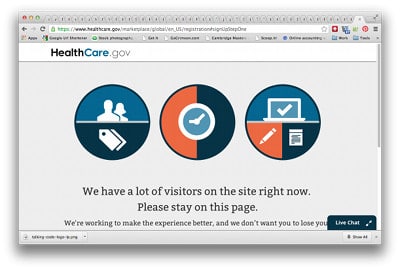Visitors to the web site of the Veterans of Foreign Wars (VFW) are being targeted in an attack that exploits a previously unknown hole in Microsoft’s Internet Explorer 10 web browser, according to warnings Thursday by security firms. Some visitors to the web site of the Veterans of Foreign Wars (VFW), vfw[dot]org, were the victim of a ‘watering hole’ attack that takes advantage of a previously unknown ‘use-after-free’ vulnerability in Microsoft’s Internet Explorer 10 web browser. The VFW site was hacked and then altered to redirect users, silently, to a malicious website programmed to exploit vulnerable versions of IE 10 on systems running 32 bit versions of the Windows operating system. The VFW did not immediately respond to e-mail and phone requests for comment. According to a write-up by the security firm FireEye, the vulnerability allows the attacker to “modify one byte of memory at an arbitrary address” stored […]
browser
Malware Supply Chain Links Eleven Attacks
Fresh off their discovery of a previously unknown (‘zero day’) security hole in Microsoft’s Internet Explorer web browser, researchers at the security firm Fireeye say that they have evidence that a string of sophisticated attacks have a common origin. In a report released on Monday (PDF), the firm said that many seemingly unrelated cyber attacks identified in the last year appear to be part of a “broader offensive fueled by a shared development and logistics infrastructure” — what Fireeye terms a ‘supply chain’ for advanced persistent threat (APT) attacks. At least 11 APT campaigns targeting “a wide swath of industries” in recent months were found to be built on a the same infrastructure of malicious applications and services, including shared malware tools and malicious binaries with the same timestamps and digital certificates. “Taken together, these commonalities point to centralized APT planning and development,” Fireeye wrote. The attacks link at least 11 separate […]
Health Exchanges Need A Fail Whale
In a blog post on Veracode’s blog today, I write about the problems encountered at government-run online health exchanges that were intended to connect millions to private insurance plans under the Affordable Care Act. The exchanges opened to the public on Tuesday, and they got off to a rocky start, with reports of web sites paralyzed as millions of uninsured Americans logged on to sign up for subsidized health insurance. In some cases, the problems appear to have been caused by “external factors.” New York State’s online health exchange was felled by the weight of more than 10 million requests of dubious origin, The New York Post reported. But other exchanges, including Healthcare.gov the federal government’s main health insurance storefront, which is used by residents or more than half of the states, were victims of their own success: overwhelmed when the doors swung open and millions of eager customers poured […]
Samsung Smart TV: Like A Web App Riddled With Vulnerabilities
Smart television sets aren’t short on cool features. Users can connect to Facebook and Twitter from the same screen that they’re using to watch Real Housewives of New Jersey, or log into Skype and use a built in- or external webcam to have a video chat. Unfortunately, the more TVs start to look like computers, the more they are becoming subject to the same underlying code vulnerabilities that have caused headaches and heartache in the PC space. That was the message of two researchers at the Black Hat Briefings security conference Thursday, who warned that one such product, Samsung’s SmartTV, was rife with vulnerabilities that could leave the devices vulnerable to remote attacks. Vulnerabilities in the underlying operating system and applications on Samsung SmartTVs could be used to steal sensitive information on the device owner, or even spy on the television’s surroundings using an integrated webcam, said Aaron Grattafiori and Josh […]
Could Ad Networks Power Massive, Browser-Based Botnets?
When it comes to security, the web is insecure-by-design. We’ve known that for a long time – what with “man in the middle” attacks like FireSheep, drive-by download attacks and more. The problem has always been how to scale web based attacks. At the end of the day, having an attack web page is great but, like every other website owner, you still have to figure out how to get people to visit your site! Now researchers at WhiteHat security say they’ve found an easy way around the “scale” problem: ad networks. In a presentation at Black Hat this week, Jeremiah Grossman, the CTO of WhiteHat Security, and Matt Johansen, the Manager of Threat Research there, will show how would-be attackers can parlay a small cash outlay into a sizeable browser-based botnet that could be used to send out spam, spread malicious code or launch denial of service attacks on other web […]




